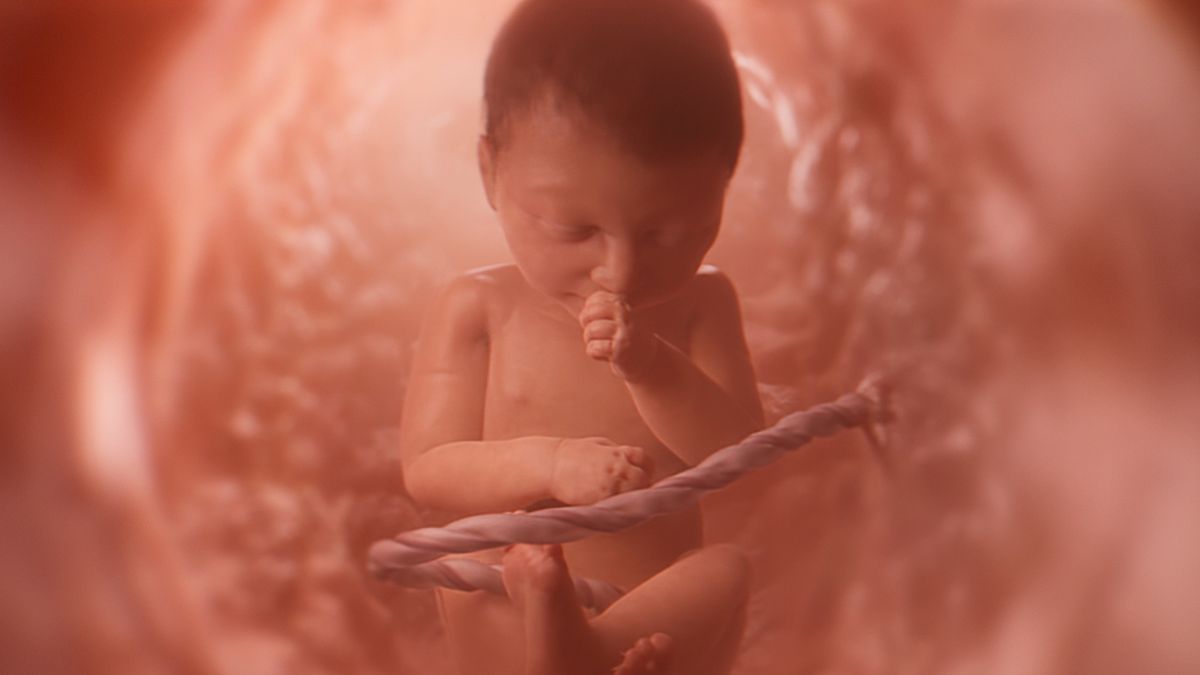


(Note: This review contains minor spoilers.)
“The first time I slept with Poppy, I cried,” Midnight tells us in the first sentence of April Genevieve Tucholke’s “Wink Poppy Midnight.” That opening sets the tone for what’s to come — a story that many young readers seem to find wild, rebellious, and exciting, given its bestselling status, but that many adults are likely to see as a book about kids who are in way over their heads.
The book is named after its three main characters, who take turns narrating, providing us with very different views of what’s going on. Midnight is a sensitive, imaginative boy who’s desperately in love with Poppy, despite her cruel treatment of him and others. But when he and his father move out to the country, he sees it as his “first step to my freedom. My freedom from Poppy.”
Especially when he realizes that he now lives next door to Wink, a schoolmate who couldn’t be more different from Poppy. Wink is a girl from a big family, a girl who loves to read and dream, and Midnight sees an air of innocence about her that appeals strongly to him, as a complete change from what he’s used to. But as he will gradually discover, Wink has secrets of her own. The tagline of the book — “A hero. A villain. A liar. Who’s who?” — reminds us that there’s more to people, even simple and straightforward people, than meets the eye.
There’s a dark, unsettling vibe to the story that deepens as it goes on. Poppy’s recklessness, pride, and hardheartedness, her willing and conscious embrace of her own “cruel streak,” are a large part of that. So are the occult elements in the book. Wink’s mother earns her living by reading tarot cards and tea leaves, and ghosts, seances, and possession of the living by the dead all play an important role in the story. Other content issues include frank discussion of sex, a girl-on-girl kiss, frequent profanity, and occasional violence, which is handled in a rather disturbing fashion. (For instance, Poppy falls in love with a boy the day he beats up another girl so badly that she “was never the same” afterwards, mentally or emotionally. The other girl was a bully, but her punishment seems far out of proportion to the crime, and Poppy’s reaction is more than a little creepy.)
As the plot twists and turns and comes to an unexpected resolution, we’re supposed to believe that few of these characters or events were actually what they seemed at the time — that few of them were as bad or dangerous as they appeared to be. But Tucholke isn’t able to sell that idea convincingly. It comes off as more implausible than the idea of seances or possession were in the first place. And the ultimate reasons behind everything that happened don’t make a lot of sense.
As for the writing, I found it disappointing. Tucholke has a gift for worldbuilding, but she’s given to overwriting her descriptions, creating characters who are just too quirky to be believable, making her adolescents sound like adults, and using slipshod sentence structure that’s supposed to be creative but just comes off as lazy. For instance: “Thomas was so wounded and sad all the time, broken home and a dead baby sister and he was one of those people who felt things deeply, deeply. . . .” A little of that sort of thing goes a very long way.
The book is not without a few interesting and potentially positive ideas: that no one is all good or all bad, that friendship is as powerful a force as romantic love, and that, while stories are a wonderful thing, it’s possible to let them take us too far from reality. But in my opinion, these merits aren’t enough to overcome its thematic and artistic flaws. While it’s up to each parent to know what his or her child can handle, and while every child is different, “Wink Poppy Midnight” is not a book that I personally would feel comfortable giving to a teenager.
Gina Dalfonzo is editor of BreakPoint and Dickensblog.
Have a Follow-up Question?
Want to dig deeper?
If you want to challenge yourself as many others have done, sign up below.
Webinars
Short Courses
Up
Next














